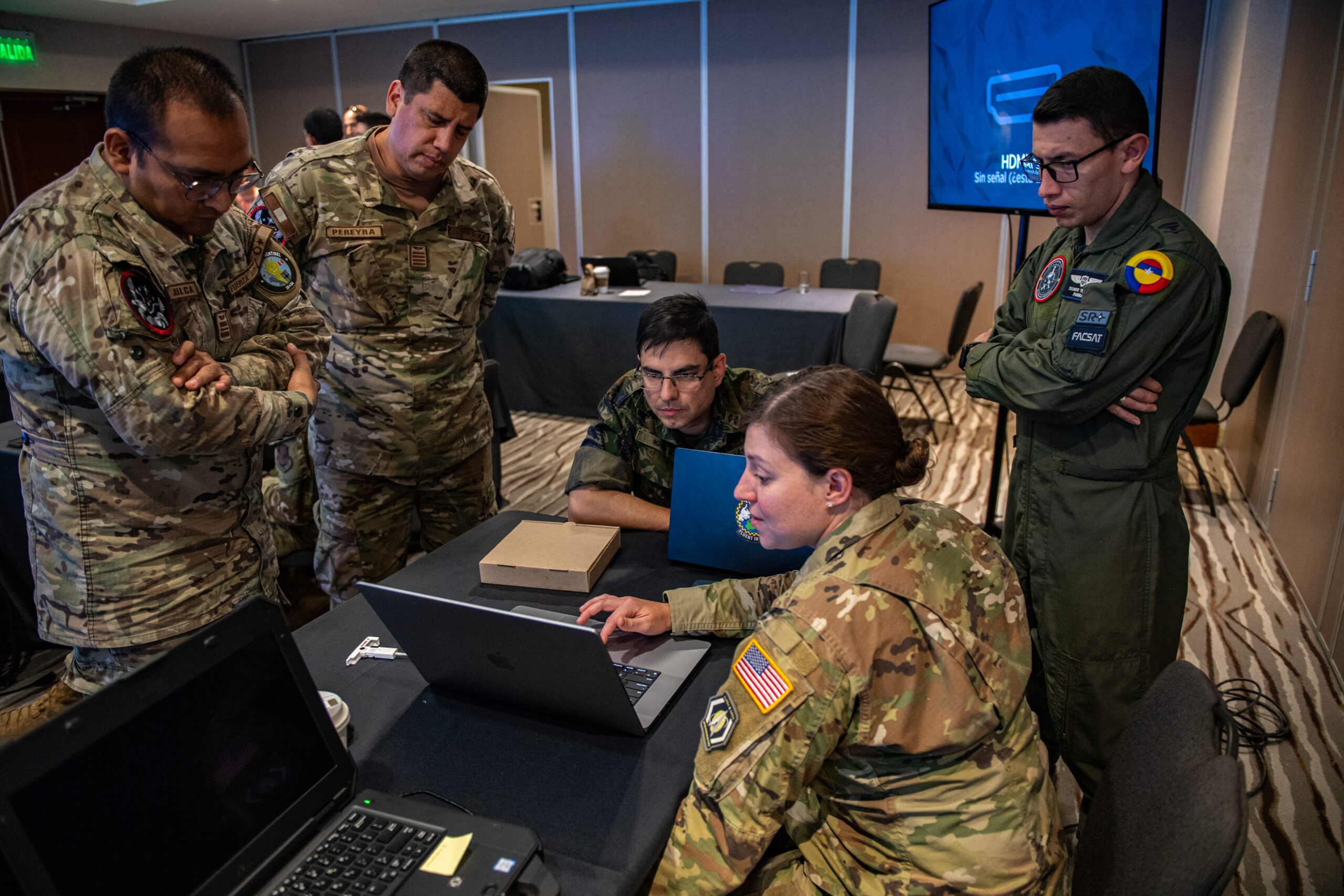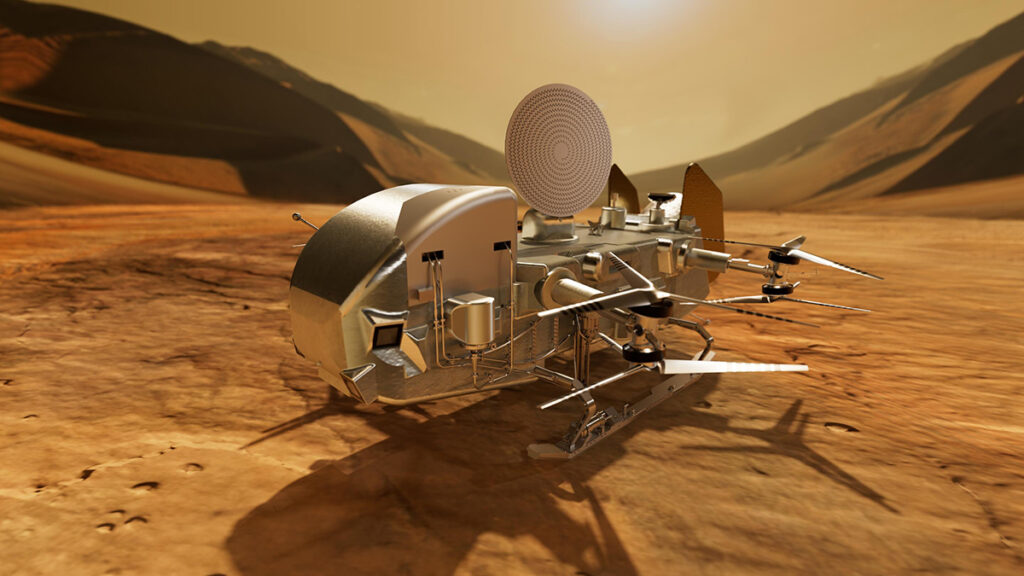Now Reading: Balancing progress and partnership: evaluating the Space Force’s new personnel laws
-
01
Balancing progress and partnership: evaluating the Space Force’s new personnel laws
Balancing progress and partnership: evaluating the Space Force’s new personnel laws


The United States Space Force, America’s newest military branch, executes its mission with roughly 9,400 military personnel and an additional 5,000 civilian employees. This is a fraction of the size of other services: the Army boasts over 449,000 personnel, the Navy 329,000, the Air Force 325,000, the Marine Corps 177,000 and the Coast Guard 84,000. Yet despite its modest size, the Space Force’s responsibility in the defense of the nation in the space domain is expanding rapidly — and the laws that govern how it accesses and manages talent — are evolving accordingly.
Two major legislative changes now define how the Space Force will build and manage its human capital: the Space Force Personnel Management Act (SFPMA), passed as part of the FY24 National Defense Authorization Act (NDAA), and Section 514 of the FY25 NDAA. The latter transfers current National Guard space missions, previously allocated to the Guard from the Air Force, into the Space Force. Together, these reforms attempt to modernize personnel structures and better align them with the unique operational realities of the space domain. But while they offer several strengths, they are not without controversy or complication.
The positives: flexibility, efficiency and unity of effort
The SFPMA enables a forward-looking initiative that modernizes the military personnel model by providing the necessary legal authorities to unify active-duty guardians and Reserve component airmen responsible for space missions into a single, flexible force. By enabling both full-time and part-time service options, the Space Force can better attract and retain talent in an increasingly competitive labor market, especially in high-tech sectors. Service members who might otherwise leave due to life circumstances — such as raising a family, pursuing civilian education or starting a business — can remain engaged in national security work. Meanwhile, Section 514 of the FY25 NDAA is meant to enhance readiness and simplify command relationships by consolidating all Department of the Air Force space missions under the Space Force.
Currently, space-related duties are spread across components of the Air National Guard and Air Force Reserve, creating redundancies and operational seams. SFPMA will transfer Air Force Reserve missions in space, and Section 514 will do the same for the space missions currently performed by the Air National Guard. Section 514 aims to streamline mission execution, reduce bureaucratic complexity and align force structure with the Space Force’s specialized needs without losing critical space capabilities for the nation.
Options for guardsmen
The reassignment of space missions from the Air National Guard does not eliminate opportunities for affected Guard members or their states. Guardsmen will have the option to transfer to the Space Force or remain with their state Air National Guard. A similar inter-service transfer process is underway for Air Force Reservists as part of SFPMA and, to date, over 300 Air Force reservists have been selected to continue in space roles as full-time guardians, with part-time position applications available in the future.
Meanwhile, the Space Force has pledged that it has no intention of moving existing missions out of the states where they currently reside, preserving the current economic impact of these missions. In fact, there are provisions within Section 514 preventing Department of the Air Force leadership from doing so. Whether serving as guardsmen or guardians, these service members will continue to make positive impacts in their communities, fulfilling their roles with dedication and excellence.
The Challenges: federalism, identity and implementation
Despite the intended outcome and benefits, there are substantial concerns — particularly among governors and National Guard leaders — about the implications of Section 514. Historically, National Guard units operate under dual state-federal control. Governors, through the National Governors Association, have voiced strong opposition to the reassignment of Guard missions without their consent, citing the erosion of state authority and the precedent it sets.
This issue is not simply legal; it’s cultural and political. The National Guard is deeply embedded in state communities, offering not just defense capability but local emergency response and economic contributions. Reassigning missions to the federal-only Space Force could be seen as diminishing the Guard’s role and disrupting long-standing relationships between military units and their home states.
Additionally, there’s the question of how well the transfer process will function in practice. Will guardsmen opt to transfer into the Space Force, or will the service experience attrition from those unwilling or unable to make the leap? While more than 300 reservists have already been selected for space roles under SFPMA, the Guard presents a more complex challenge. Many guardsmen serve close to home with strong ties to local communities and civilian employers. Asking them to change components could impact retention and morale.
Room for improvement: a call for collaboration
There is still an opportunity for the Department of the Air Force and the Space Force to mitigate concerns. First, transparency and communication with states is essential. Even though Section 514 was passed into law, implementation can and should include regular consultation with governors and adjutants general. The Department of the Air Force must clearly articulate how state interests will be protected — particularly when it comes to mission location and economic impact.
Second, the service should establish clear pathways for voluntary transfer that respect individual service member circumstances and honor their years of experience. Thoughtful personnel policies and incentives can help smooth the transition and minimize the loss of valuable expertise. It’s important to note that Section 514 emphasizes the importance of keeping transferring service members in place for at least three years.
Lastly, Congress may wish to consider a mechanism for ongoing oversight and review of the transition’s impact. While Section 514 is now law, its long-term success hinges on adaptability and accountability. The Space Force is an evolving organization, and its approach to force development should be equally dynamic.
A defining moment for the Space Force
The passage of SFPMA and Section 514 of the FY25 NDAA represents a bold and necessary step toward a more cohesive and mission-ready Space Force. These reforms could serve as inspiration for other services to develop unique solutions to the specific challenges they face in their respective missions and domains. But for the reforms to succeed, the Department of the Air Force must prioritize transparency, respect the role of the states, and ensure service members are supported throughout the transition.
As the Space Force continues to mature, it has an opportunity — not just to centralize its missions — but to lead with principles of innovation, collaboration, and care for its people. How this transition is handled may well define how the Space Force is viewed by those it hopes to recruit, retain and partner with for years to come.
Colonel William A. Woolf, USAF (Ret.), is the President and Founder of the Space Force Association. He served over 24 years in the U.S. Air Force, retiring in 2018. Throughout his career, Col. Woolf was a space and nuclear officer, holding key positions in operations, staff leadership and technical program management. He is a graduate of the United States Air Force Weapons School.
SpaceNews is committed to publishing our community’s diverse perspectives. Whether you’re an academic, executive, engineer or even just a concerned citizen of the cosmos, send your arguments and viewpoints to opinion@spacenews.com to be considered for publication online or in our next magazine.The perspectives shared in these op-eds are solely those of the authors.
Stay Informed With the Latest & Most Important News
-
 012024 in Review: Highlights from NASA in Silicon Valley
012024 in Review: Highlights from NASA in Silicon Valley -
 02Panasonic Leica Summilux DG 15mm f/1.7 ASPH review
02Panasonic Leica Summilux DG 15mm f/1.7 ASPH review -
 03How New NASA, India Earth Satellite NISAR Will See Earth
03How New NASA, India Earth Satellite NISAR Will See Earth -
 04And Thus Begins A New Year For Life On Earth
04And Thus Begins A New Year For Life On Earth -
 05Astronomy Activation Ambassadors: A New Era
05Astronomy Activation Ambassadors: A New Era -
06SpaceX launch surge helps set new global launch record in 2024
-
 07Space Force plans new ‘Futures Command’ amid pressure to speed up modernization
07Space Force plans new ‘Futures Command’ amid pressure to speed up modernization



















